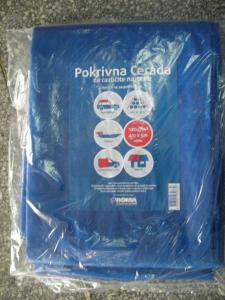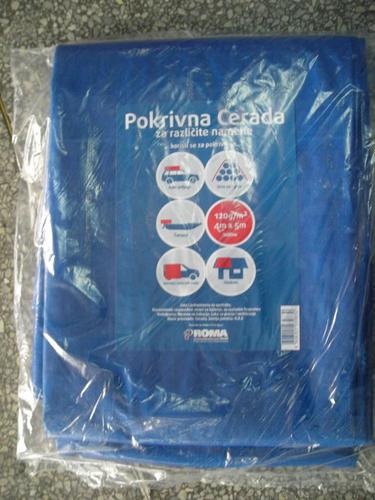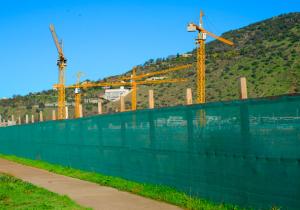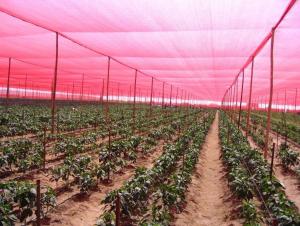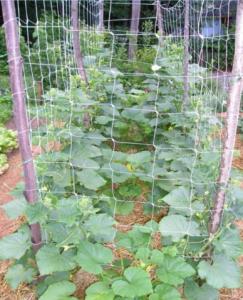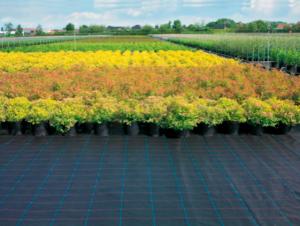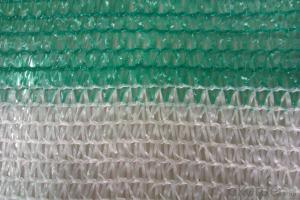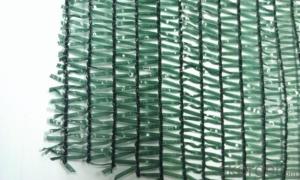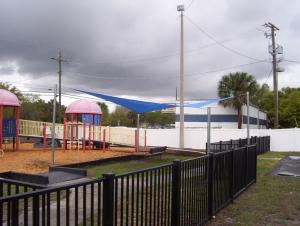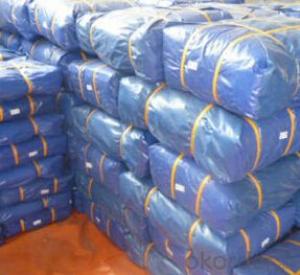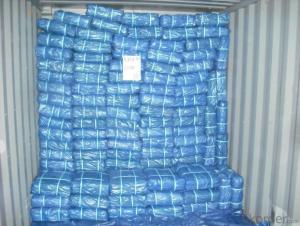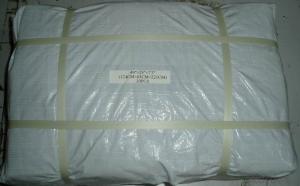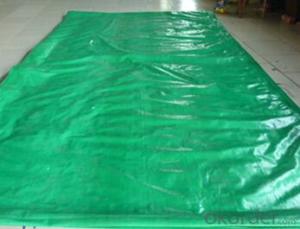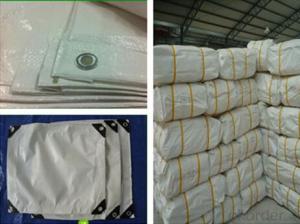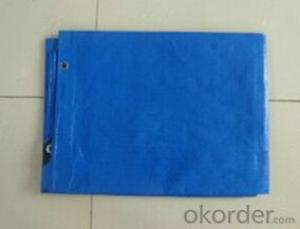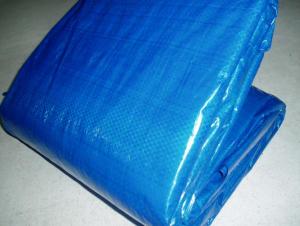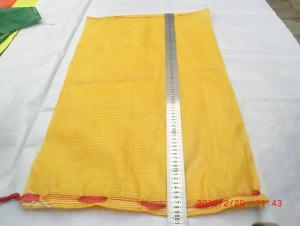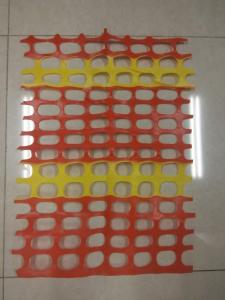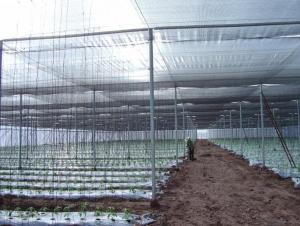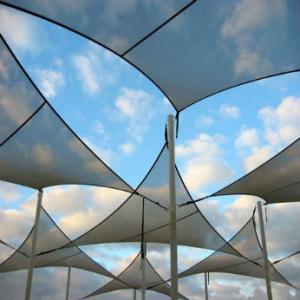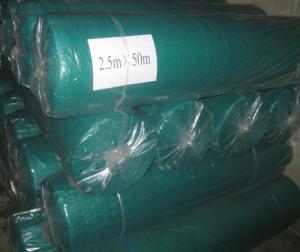Yard Gard Plastic Poultry Netting Wood Cover Brick Cover Tarpaulin Fabric with Eyehole and Rope
- Loading Port:
- Qingdao
- Payment Terms:
- TT OR LC
- Min Order Qty:
- 3000 m²
- Supply Capability:
- 3000000 m²/month
OKorder Service Pledge
OKorder Financial Service
You Might Also Like
Truck cover fabric
Detailed Product Description :
PE, PP tarpaulin, LDPE coated, use in many different fields, our tarpaulin has many advantages.
Raw material : PE/PP
Color tarpaulin: any color is available.
Weaving condition( mesh weft * warp squint): 8*8,9*9,10*10, 10*12,12*12,12*14 14*14 etc.
Weight : from 85 gram to 300 gram
Width tarpaulin: 2m-8m with whole format, 10m-20m boned format
Length : 100m, 200m according to client’s requirement.
Package: Out packing : PE tarpaulin material or PP which is same as product.
Inner packing: each piece packed in transparent PE film with leaflet inserted. Suitable pcs packed in a bale.
Edges tarpaulin: All four edges are reinforced by pp rope in hem. Aluminum eyelet at every one meter interval( 1 yard or 3 feet) and every corner reinforced with triangle plastic sheets.
Usage: general used in cover for construction, transportation, travel and agriculture.
Advantage tarpaulin : sun-resistant, water-proof, anti-aging and environment-friendly.
Delivery time tarpaulin: Within 19 days after receipt of T/T in advance.
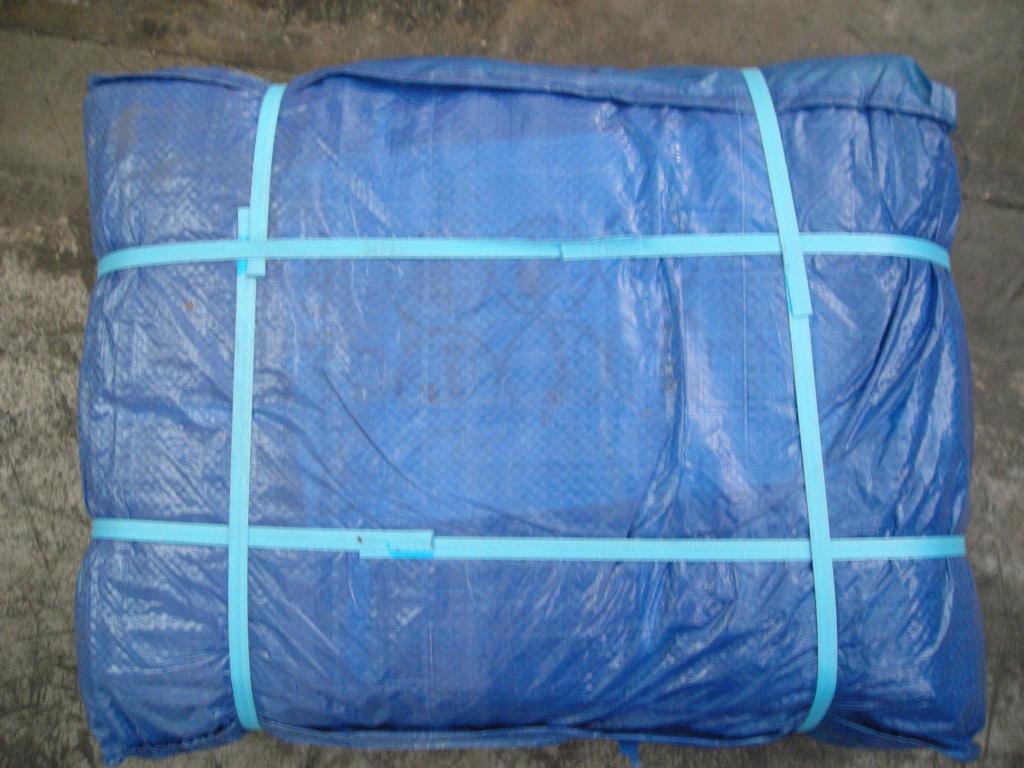
- Q: How are plastic nets different from wire mesh?
- Plastic nets are different from wire mesh primarily in terms of material composition. While wire mesh is made of metal wires interwoven to form a grid-like structure, plastic nets are composed of synthetic materials such as polyethylene or nylon. Additionally, plastic nets are generally lighter and more flexible than wire mesh, making them suitable for applications where weight or flexibility is important. Moreover, plastic nets are resistant to corrosion and do not conduct electricity, unlike wire mesh.
- Q: What are the different thicknesses of plastic nets available?
- The thicknesses of plastic nets available can vary depending on the specific application and manufacturer. Common thicknesses range from 0.5mm to 5mm or more.
- Q: How are plastic nets manufactured?
- Plastic nets are manufactured through a process called extrusion, where plastic resin is melted and forced through a die to create a continuous net-like structure. This extruded net is then stretched and cooled to obtain the desired strength and mesh size. Additional processes like heat setting or coating may be applied to enhance the net's properties.
- Q: How do plastic nets impact waste management?
- Plastic nets can have both positive and negative impacts on waste management. On the positive side, they can be used in waste sorting and collection systems to effectively trap and separate different types of waste, making the process more efficient. Additionally, plastic nets can be used to contain and secure waste materials during transportation, preventing littering and keeping the environment clean. However, plastic nets can also contribute to waste management challenges as they are non-biodegradable and can accumulate in landfills or be released into the environment as microplastics, causing pollution and harming marine life. Therefore, while plastic nets can aid in waste management in certain aspects, their negative impact on the environment should be carefully considered.
- Q: Can plastic nets be used in agricultural applications?
- Yes, plastic nets can be used in agricultural applications. They are commonly used for various purposes such as crop protection from pests, support for climbing plants, and as shade or wind barriers. Plastic nets offer durability, flexibility, and cost-effectiveness, making them a practical choice for agricultural practices.
- Q: Can plastic nets be used for creating lightweight structures?
- Yes, plastic nets can be used for creating lightweight structures. They are often used in various applications such as packaging, construction, and agriculture due to their lightweight nature and high strength-to-weight ratio. Plastic nets provide structural support while minimizing the overall weight of the structure, making them an ideal choice for creating lightweight and versatile structures.
- Q: How do plastic nets provide protection against debris?
- Plastic nets provide protection against debris by acting as a barrier that prevents larger objects from passing through. The gaps in the netting allow air and smaller particles to flow through while capturing and containing larger debris, such as leaves, branches, or trash. This helps to keep the surrounding area clean and free from potential hazards caused by loose debris.
- Q: Can plastic nets be used for construction purposes?
- Yes, plastic nets can be used for construction purposes. They are often used for various applications such as reinforcing concrete, preventing erosion, and providing temporary support during construction projects. Plastic nets offer advantages such as lightweight, flexibility, and resistance to corrosion, making them suitable for construction needs.
- Q: How do plastic nets help in controlling light transmission?
- Plastic nets help in controlling light transmission by acting as a barrier that filters and diffuses the incoming light. The net's structure allows a certain amount of light to pass through while reducing the intensity and scattering the light rays, thus regulating the amount and quality of light reaching the desired area.
- Q: Are plastic nets used in the construction of fences?
- Yes, plastic nets are commonly used in the construction of fences. They are lightweight, durable, and resistant to weather conditions, making them a popular choice for various types of fencing projects.
Send your message to us
Yard Gard Plastic Poultry Netting Wood Cover Brick Cover Tarpaulin Fabric with Eyehole and Rope
- Loading Port:
- Qingdao
- Payment Terms:
- TT OR LC
- Min Order Qty:
- 3000 m²
- Supply Capability:
- 3000000 m²/month
OKorder Service Pledge
OKorder Financial Service
Similar products
Hot products
Hot Searches
Related keywords
